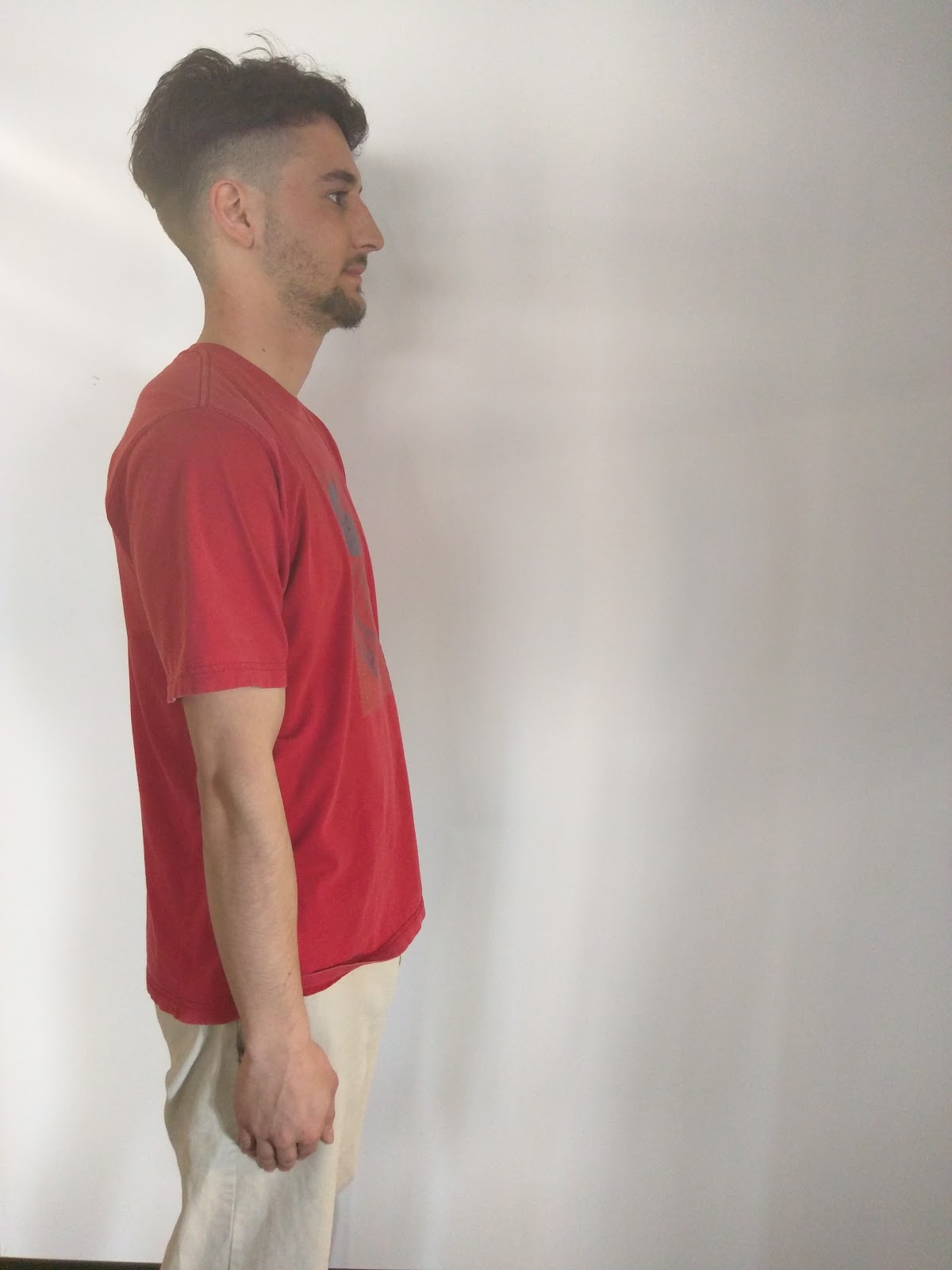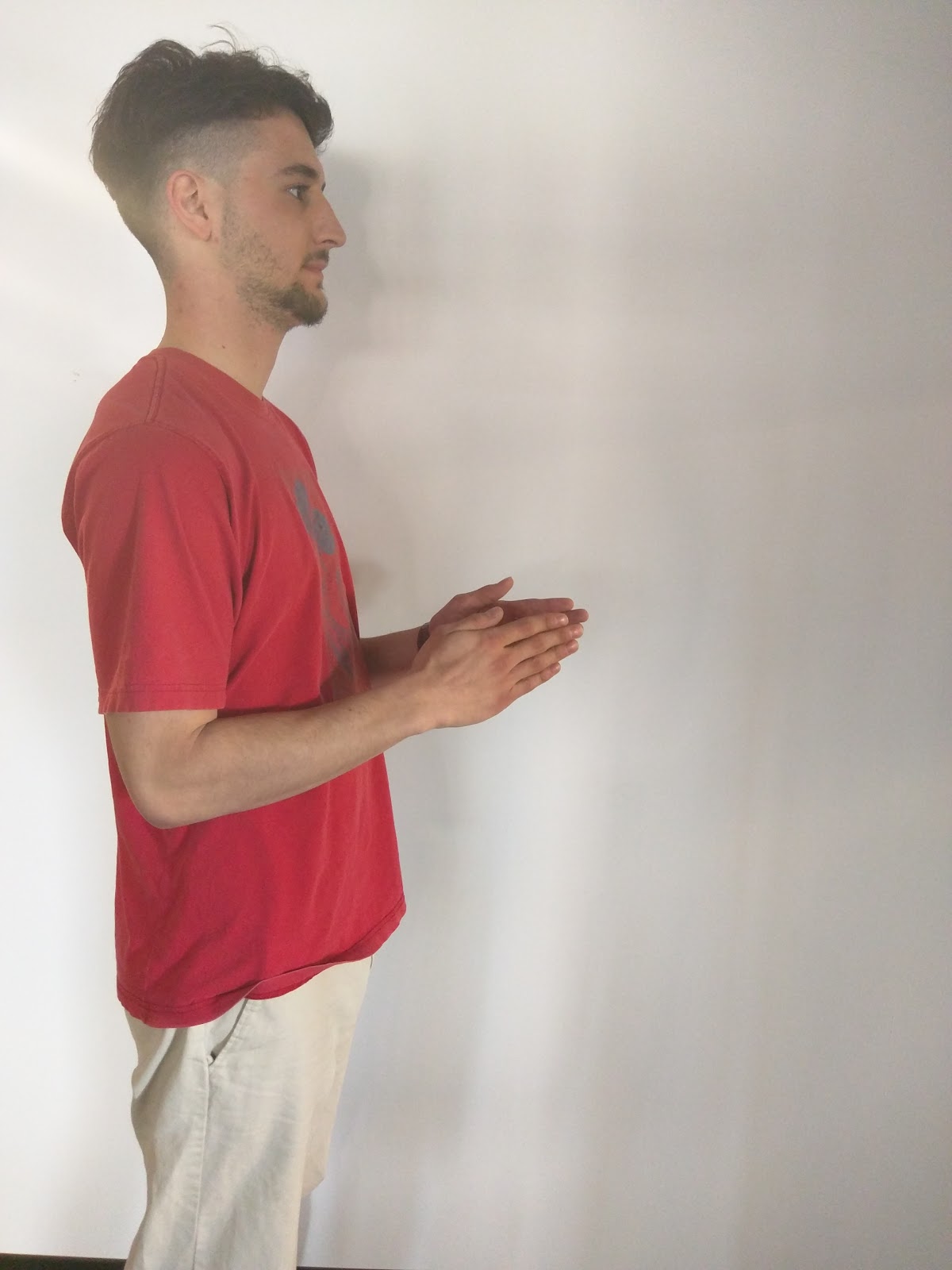Rapid Physical Game Design:
Challenge 1: Puzzle Problem
Game Rules:
Collaboration with Tommy Benson and Jeremy Salo
Examples:



-----------------------------------------------------------------------------------
Challenge 2: Blind Fire
Game Rules:
Collaboration with Alex Cano McConnel, Kelia Murata, Quincie Neale, Ben Efram, and Richard Bui
Players:
Goal:
Rules:
-
At the start of the game Watchers spin the opposing team’s Attacker and place them somewhere in the 8x8ft. play space (marked with cones/tape/anything).
-
The team with the youngest player gets to call out the first move
-
Watchers lead their own Attackers using verbal communication
-
At any command except ‘Attack’, the Attacker’s arms must be at their sides
-
Watchers takes turns commanding Attackers
-
Watchers can only use one word commands
-
Once the Watcher is confident that their Attacker is in place they can give the ‘Attack’ command. To attack, with elbows bolted to their sides, raise arms straight up in attempt to hit opponents chest as seen below. Hit must hit the stomach/chest of opposing attacker to be considered viable.
-
If an Attacker steps out of bounds, then their team is disqualified
-
If the Attacker moves without consent, then their team is disqualified
-
If the Watchers step into the play area, then their team is disqualified
Attacking motion:


Playtesting Prototype Notes:
GC2-PlaytestingNotes.pdf
-----------------------------------------------------------------------------------
Challenge 3: Starry Five
Collaboration with Julia Jones and Jeremy Salo
Game Rules:
This game is meant for five players.
Each player will be a designated color: Red, Orange, Yellow, Green, and Blue and have five beanbags of their respective color.
-
Each player will be in their respective territory lines
-
Players may stand in any of the four rings directly in front of them, but must be on one foot
-
Once the game begins players toss their beanbags into rings NOT within their own territory
-
To score a point, one of a player’s bags must land in a ring of the corresponding color
-
Players may block incoming bags using one foot.
-
Players lose a point if one of the rings in their territory has a bag (of any color) in it.
-
At the end of the game, points are tallied. The player with the highest total points wins

Playtesting Notes: People misunderstood what to do with the extra beanbag
More than one beanbag in one ring - just one point (clarify this in rules)
Are beabags out? - use your best judgement
Players got into tiebreaker - figured out that they cannot defend
PerdeeJonesSaloGame3.MP4
-----------------------------------------------------------------------------------
Challenge 4: Collaboration Nation Infiltration
Collaboration team: Hannah Tindal, Alex Cano McConnell, Ben Efram, Jeremy Salo, Hanna Pardee, Kelia Murata, Tommy Benson
Object of the game:
This is a game for 8 players, two teams of 4 each in a separate space. Each of the 4 players will start in different corners of the play space. The teams will have to work together to retrieve balls of a certain color from the bowl, this color determines what corner you must return to (the corners color is dictated by its cone, which cannot be moved) as well as arrive there with the matching colored ring. (ie by the end of the game your ball, ring, and cone/corner must all be the same color, but not necessarily the same color that you started with)
Set up:
Both teams of four have 5 minutes to set up the opposing team’s obstacles. This includes setting up the string (security lasers) and the location of the bowl of balls (jewel case) within the space, and choosing what rings go in what corner.
Each team will have one NPC runner who is able to return the travel ring, determine whether a player touches the trip wire.
Restrictions:
-
The string may only have up to 8 anchor points and may ONLY be attached using tape to the four walls around the space. You may not wrap the string around the tables/walls. The tables/board/walls may not be moved.
-
The bowl of balls must stay within the space and not placed inside any of the rings, but may be placed next to a ring.
-
Each corner must have a cone and a ring (red, blue, green, or yellow. They do not need to match) The movement ring (purple) must be placed by any one of the four corner rings(within stepping distance).
During Play:
-
All four players simultaneously attempt to reach the bowl without knocking it over and grab a ball, then travel to the corner with a cone of the same color as the ball they retrieved.
-
Players may not share rings (Be in the same ring)
-
Players may ONLY have one ball at a time but may hand another player a ball.
Movement
-
You are considered standing “inside a ring” as long as you have two points of contact within your ring (i.e. if a player must put down a hand when traveling through trip wires, they are allowed to do so if they have two points of contact inside their available rings).
-
Players may ONLY move by stepping into the travel ring, and passing the ring they stepped out of to another player (that ring becomes the new travel ring) .
-
At the start of the game the purple ring is the travel ring. There is only one travel ring at a time.
-
The current player with the travel ring steps into that ring and passes their previous ring to another player to allow the next player to move. The previous ring then becomes the new travel ring.
-
When the player passes the movement ring, players must move to where the ring lands, they cannot adjust its new location.
-
If the movement ring is unreachable, players can recruit the help of one of the NPCs to retrieve the ring and give it back to the original thrower.
-
Players must slide the fifth ring (the Travel Ring) to each other to allow movement through the space (you may slide in any order).
-
When passing the ring, players cannot slide the ring to move themselves and must coordinate with the other three players to move.
-
Players have a choice to either step into the travel ring or they can pass it to another player.
Player Reset
-
If you are caught outside a ring, touching a tripwire, or if you knock over the bowl players must reset the space (this changes based on what you touch).
-
Note: tripwires only triggers when contacted with the body, not loose clothing. NPC runner judges use best judgement
-
If you fall outside your ring or hit one of the tripwires, you must return to the corner you began the game in with your current ring and must return your ball to the bowl.
-
If you knock over the bowl, all players return to their starting corner and must return all the balls to the bowl.
-
If a player has successfully made it to their correct corner with the correct ball and ring, they become immune to these reset conditions.
Win State
Example of win state

Playtesting Notes
Challenge4notes.pdf
-----------------------------------------------------------------------------------
Programming for Play:
Project 1: The Beginning
Pardee_Programming4Play_Challenge1.zip
Modified the car class as well as created a scene with my own sprite with its own scripts.
-----------------------------------------------------------------------------------
Project 2: Combining Forces
Collaboration with Kelia Murata
Pardee_Murata_Project2F.zip
We combined our two projects together. I used the car scene with collecting tokens. The objective of my game was to collect 5 green tokens whereas Kelia's game took place in the space game. She had the player collect satellites while avoiding asteroids. As a result, our goals were too similar. We decided to combine forces and created a new goal. We had the player collect at least, 5 satellites and return back to earth. We added a background, bounding boxes, a new end goal sprite (earth), healing tokens from the car scene.
-----------------------------------------------------------------------------------
Project 3: Inferno
Collaboration with Richard Bui
BuiPardee_Assignment2(Update3).zip
A multiplayer game where a sister and brother got separated and caught in a house fire. Using the arrows keys and WASD keys, the players must work together. They must navigate through the maze, gather and exchange keys and escape the location together under a time limit.
Playtesting notes:
Players seemed to confused to the 'windows' where the keys are exchanged.
Suggested that the players shouldn't have to backtrack to the windows
Players kept getting trapped in corners - both positive and negative feedback about the corners;
Good: works with the burning house narrative
Bad: May frustrate the player when playing
Enjoyed the aspect of the mazes changing each time played as it gives variety and changes difficulty.
Need to add a exit collider for players who are not at the window as the players exchanged keys when one player left the window area. (Key basically teleported)
-----------------------------------------------------------------------------------
Project 4: TBA
Collaboration with Tommy Benson, Alex Cano McConnell, Jeff Mutchnik
Comments (0)
You don't have permission to comment on this page.